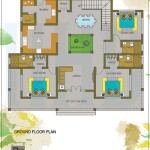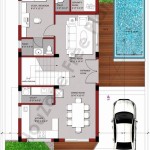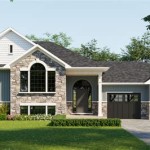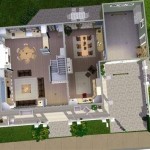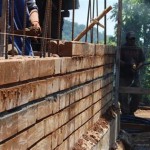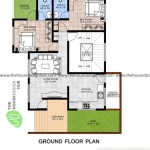Terrace House Plans: Essential Aspects to Consider for a Perfect Home
Terrace house plans offer a unique blend of space, affordability, and convenience that makes them a popular choice for homeowners. When designing a terrace house, there are several essential aspects to consider to ensure a comfortable and functional living space. Here are some of the key factors to keep in mind:
1. Aspect and Orientation
The aspect and orientation of a terrace house play a crucial role in maximizing natural light and minimizing energy consumption. Ideally, the house should be positioned to receive maximum sunlight during winter months and shade during summer months. This can be achieved by orienting the house towards the north or west in the northern hemisphere and towards the south or east in the southern hemisphere.
2. Floor Plan and Layout
The floor plan and layout of a terrace house should be carefully designed to optimize space and create a comfortable living environment. Common layouts include single-story designs, two-story designs with bedrooms upstairs, and split-level designs that offer a more spacious feel. The number and size of rooms, as well as the placement of windows and doors, should be determined based on the specific needs of the occupants.
3. Natural Ventilation and Lighting
Natural ventilation and lighting are essential for creating a healthy and comfortable indoor environment. Terrace houses should be designed to allow for cross-ventilation, which helps to circulate fresh air and reduce the risk of moisture buildup. Windows should be placed strategically to maximize natural light and reduce the need for artificial lighting during daytime hours.
4. Private Outdoor Space
Private outdoor space is a highly desirable feature for terrace houses. This can take the form of a small courtyard, a balcony, or a rooftop terrace. A private outdoor space provides an additional area for relaxation, gardening, or entertaining guests.
5. Energy Efficiency
Energy efficiency is an important consideration for any home, and terrace houses are no exception. Incorporating energy-efficient features such as double-glazed windows, insulated walls, and a high-performance heating system can significantly reduce energy consumption and lower utility bills.
6. Parking and Access
Parking and access should be carefully considered in terrace house plans. The number of parking spaces required will depend on the size of the house and the number of occupants. Access to the house should be convenient and safe, with adequate space for vehicles to enter and exit the property.
7. Landscaping and Privacy
Landscaping and privacy are important factors to consider when designing the exterior of a terrace house. Landscaping can enhance the aesthetics of the property and provide privacy from neighboring houses. Hedges, trees, and other landscaping elements can be used to create a sense of enclosure and seclusion.
Conclusion
Terrace house plans offer a versatile and affordable housing option that can meet the needs of a wide range of homeowners. By considering the essential aspects discussed above, you can create a terrace house that is comfortable, functional, and energy-efficient while maximizing the benefits of its unique design.

Victorian Terraced House Design Fit For Modern Lifestyle

4 Floor Plans Of The Terraced House Under Study It Is Open Planned Scientific Diagram

Victorian Terrace House Town Floor Plan

Redesigning Terraced Houses For Better Comfort Liveability And Sustaility Edgeprop My

Victorian Terraced House Design Fit For Modern Lifestyle

Terraced Houses New House

Typical Floor Plan And Justified Graph Of An Intermediate Unit A Scientific Diagram

Typical Floor Plan Of An Intermediate Unit A Terrace House In Malaysia Scientific Diagram

Typical Layouts Auckland Design Manual

Victorian Terraced House Design Fit For Modern Lifestyle

